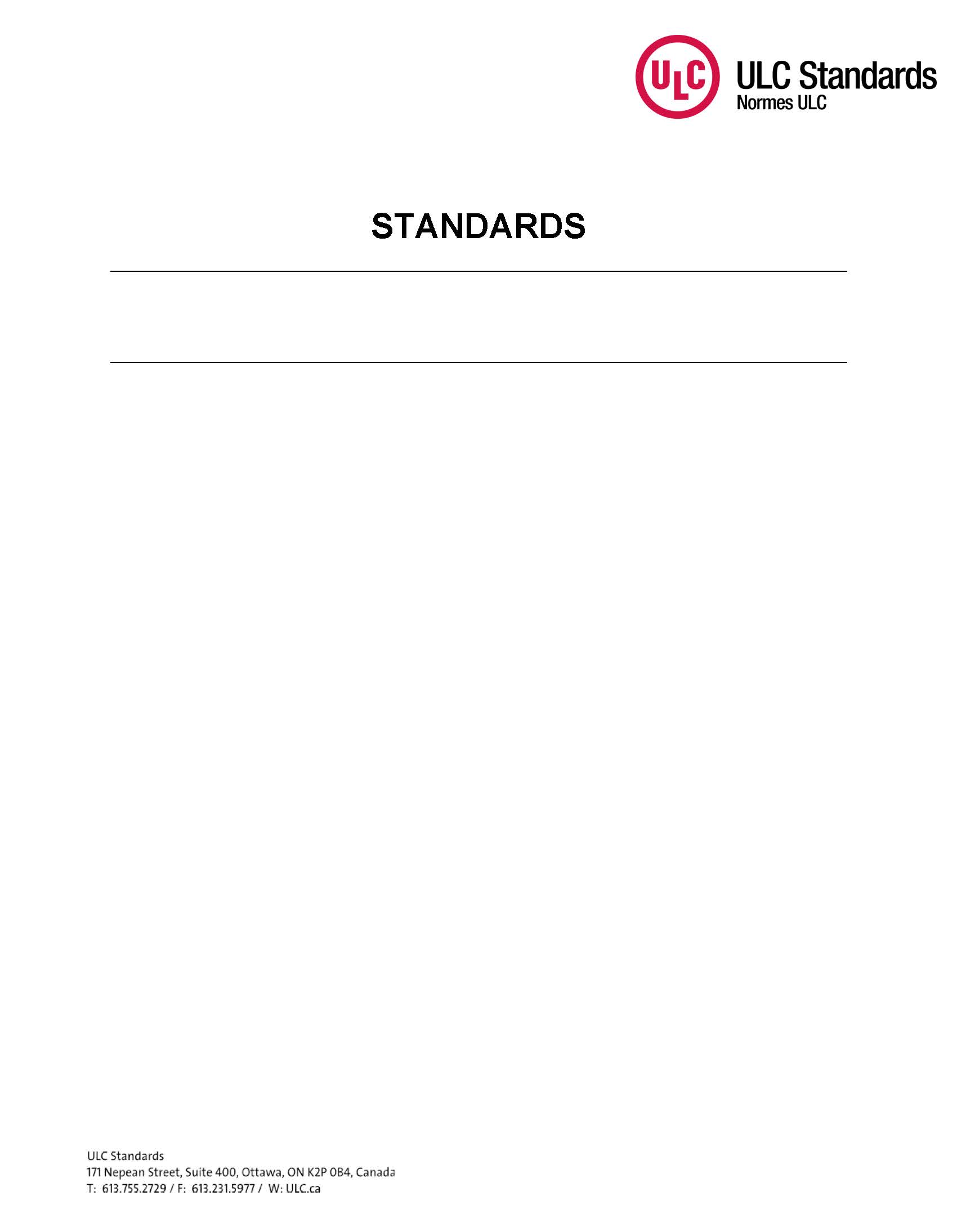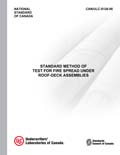ULC 135 – Standard Test Method for the Determination of Combustibility Parameters of Building Materials Using an Oxygen Consumption Calorimeter (Cone Calorimeter), Includes Amendment 1 (ULC-S135:2004-AM1-R2016)
This Second Edition ULC Standard has been reaffirmed effective April 2016. There have been no technical changes made to the Standard.
This test method determines combustibility parameters for the assessment of degree of combustibility of building materials by measuring the heat release and smoke production from specimens exposed to radiant heat using the test apparatus, specimen configurations and procedures described.
This test method determines the amount of heat and smoke that may be contributed to a fire involving products made from the same material as that of the test specimen.
This test method provides for radiant thermal exposure of a specimen. An external source of ignition is provided by an electric spark.
This test method is based on the observation that generally, the net heat of combustion of a material is directly related to the quantity of oxygen required for its combustion. This relationship is such that approximately 13.1 x 10^3 kJ of heat are released per 1.0 kg of oxygen consumed.
Heat release is measured from the moment the specimen is subjected to the radiant thermal exposure of a conical heater.
The primary measurements are oxygen concentration, light obscuration and exhaust flow rate. Provision is also made for measurement of mass-loss rate and time to sustained flaming.
Smoke development is measured by obscuration of light in the combustion product stream.
This test method is used to evaluate specimens in a horizontal orientation under an external heating flux exposure of 50 kW/m2. The specimen, once ignited, is also heated by its own flame.
Product Details
- Edition:
- 2
- Published:
- 04/01/2016
- Note:
- This product is unavailable in Ukraine, Russia, Belarus



